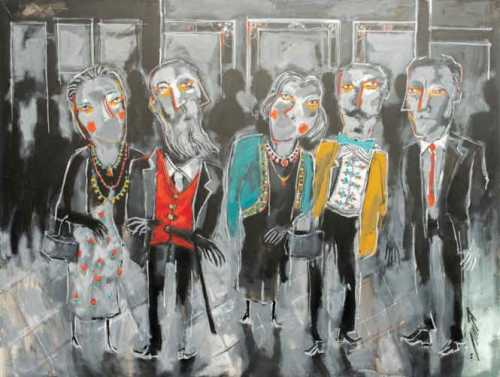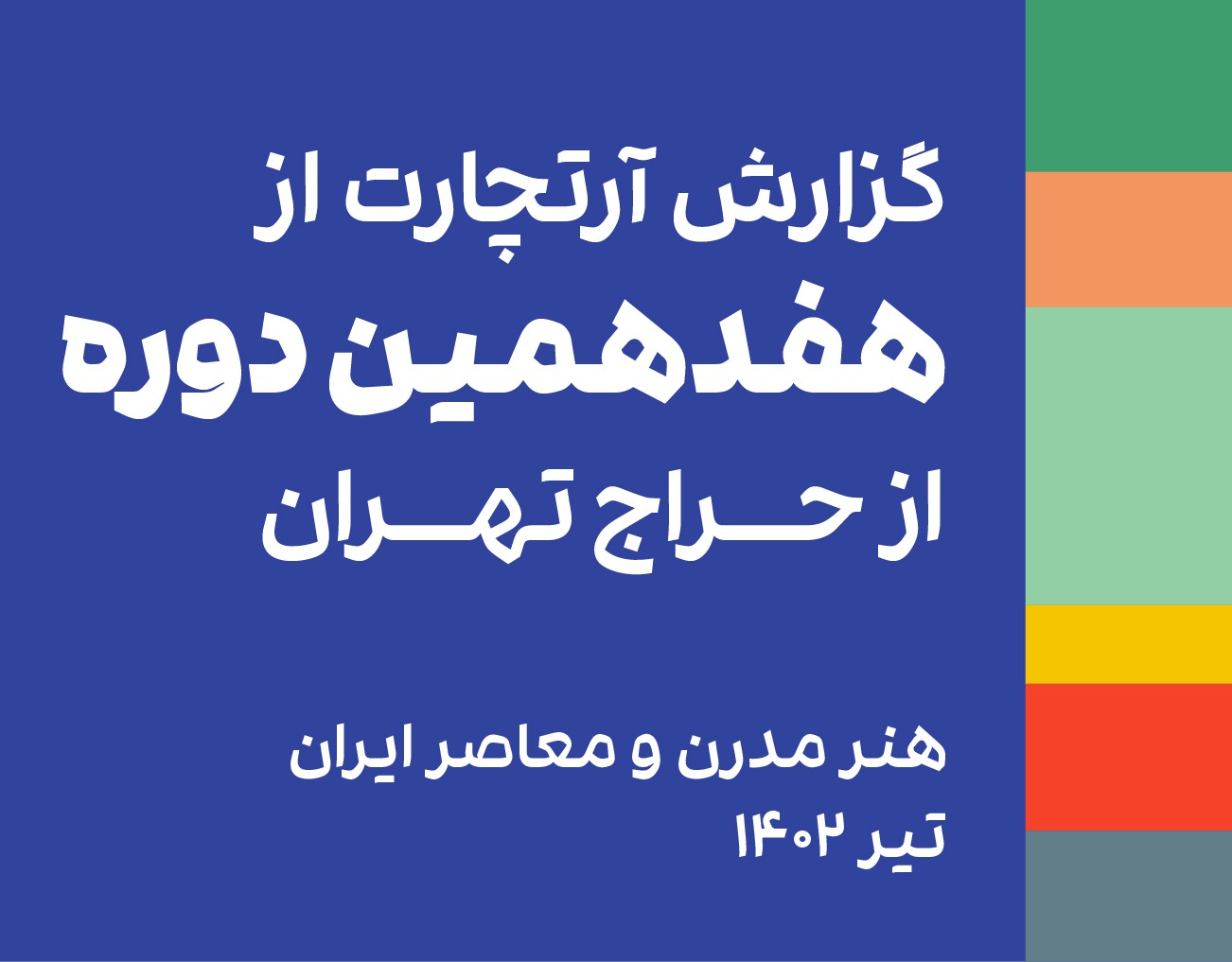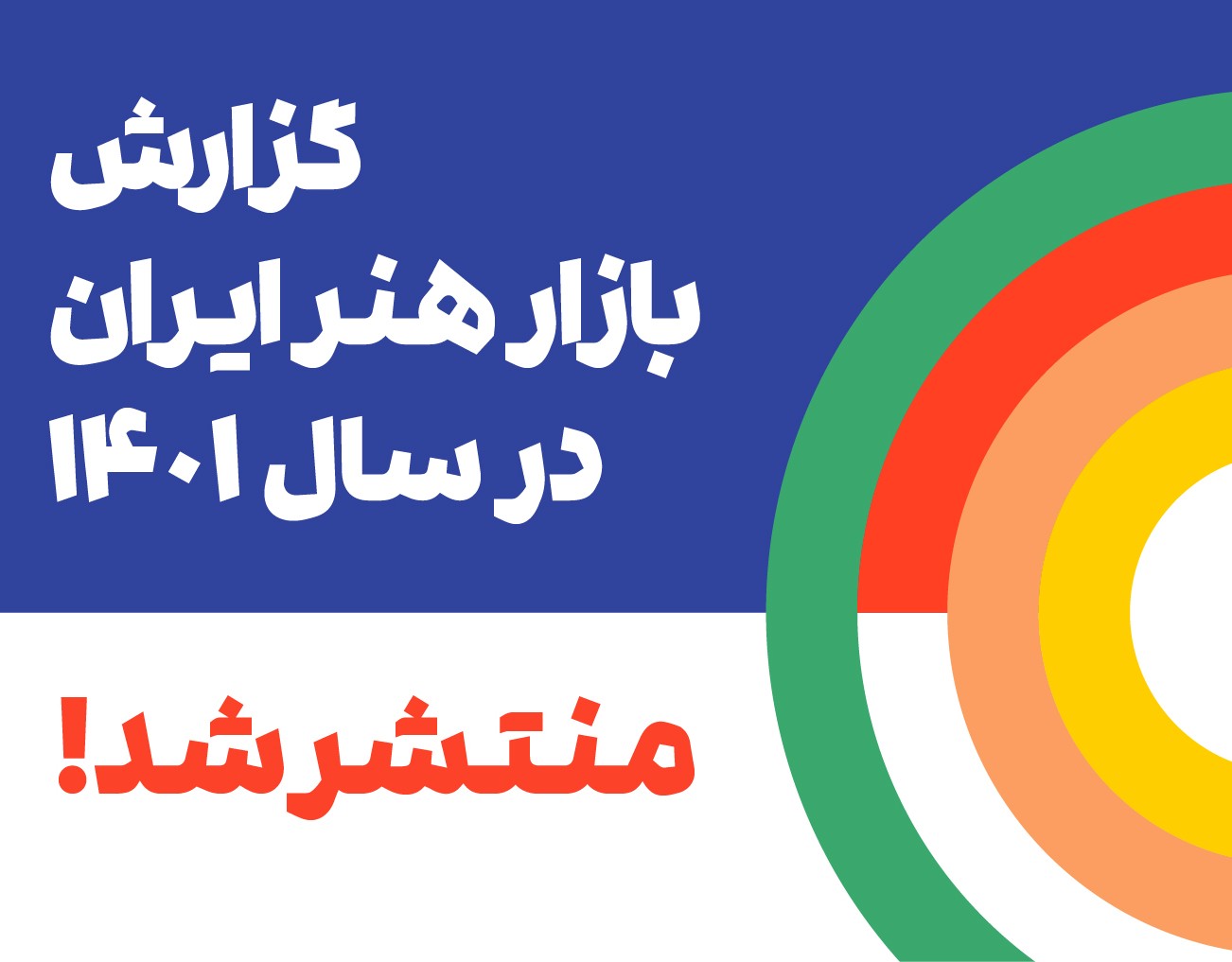About Kiomars Harpa
Kiomars Harpa is from the generation of painters who started his first experiences in painting before the revolution, during his teenage years. After the Cultural Revolution, he went to the Tehran University of Art in 1981, and after completing his studies at the end of the 80s, he seriously started working in the field of painting. He taught at universities. During his studies, he was trained under teachers such as Bahman Boroujeni, Mohammad Ebrahim Jafari, and Mehdi Hosseini.
Mehrnoosh Alimaddi writes in a note about Harpa's exhibition at Sareban Gallery: "People play the main role in Harpa's paintings. Emoticons and body parts of people that we can remember. Inducing pain and numbness in the faces and limbs of Harpa's paintings, such preparation is also prominent and noticeable. Even in the way of expression, he looks at examples that are indebted to such an attitude. Nothing other than the imaginative subjectification of man is involved in the introduction of his subjects. Whatever it is, the existence of a human being, individually or in a group, always makes him appear unique. But the search can be witnessed in the visualization of the painted persons. What prompts the viewer to identify the psychoanalytic dimensions of each. In cases where he uses multiple persons, he considers an index feature in the face to identify each. He is simply discovering and has brought people from the filter of imagination to the forefront. Has no representation; Exaggerations and distortions can be considered believable because the painter sees and visualizes in this way. Relationships have a visual function and seem to have experienced an emotional lightning strike. In the multitude of colors between people, only piercing and captivating eyes tell a story as if it should be analyzed and known. He is a master designer who has made his forms coherent. He did not neglect the colors and often used this expressive quality in combining bright colors. Its colors give more of a tangible effect of native geography and make such fantasized figures acceptable. The characters of Harpa's paintings, if they have an objective example, are modified by him. It's as if what has offended him has suppressed the blackness in a sad expression and deliberately turned the non-blackness into memories that are desirable to him."
In explaining his artistic path in one of his exhibitions statement, Harpa borrows lines from the book Anxiety by Fernando Pessoa: "To be able to create, I destroyed myself, perhaps surrendered myself to myself, that I am in myself except in a form There is no outside. I have a living stage on which various actors appear and perform multiple plays."
The Most Expensive Artwork
At Auctions
First Attendance
1 January 2021
# Attendance
9
# Artworks
9
Average Realized Price
4,187 USD
Average Min Estimate
2,164 USD
Average Max Estimate
3,053 USD
Sell-through Rate
88.889%
Average Growth of Artwork Worth
64.207%
Timeline
Artibition Auction - Dec 2025 auction
12 December
Artibition Auction - October 2025 auction
7 October
The 24th Tehran - Contemporary Iranian Art auction
3 October
5th Portraiture Festival exhibition
1 August
Tehran Online Show exhibition
18 July
Tehran exhibition
18 July
Agnosia exhibition
7 February
Alizarin Red exhibition
7 February
A Tale of Two Cities exhibition
31 January
"Bitter, Sweet, Burden" Iranian Perspective, Three Views exhibition
9 August
The 20th Tehran- Modern and Contemporary Iranian Art auction
5 July
Attitude exhibition
31 May
10s of Artworks, 10s of Millions exhibition
8 March
Deev exhibition
1 December
Gestalt 1 exhibition
20 October
Elongated Memories exhibition
25 August
The 17th Tehran Modern and Contemporary Iranian Art auction
18 July
Divaneh exhibition
14 July
We exhibition
24 November
November Artworks Selection exhibition
11 November
Continuity exhibition
1 July
Tehran- 16th- Iranian contemporary art auction
1 July
The Soliloquy Inside exhibition
10 June
Archive 2 exhibition
25 February
9th Collector (Contemporary Art) exhibition
29 October
The 14th Tehran- Contemporary Iranian Art auction
12 August
The 13th Tehran- Modern and Contemporary Iranian Art auction
15 January
No.8 auction
1 January
Humans 2 exhibition
11 December
Solo exhibition Of Kioumars Harpa exhibition
31 July
My Tragedy, My Comedy exhibition
1 February
Neo-expressionism in Iranian Contemporary Art exhibition
10 May
Memories Coloured exhibition
18 January
Articles
۱7th Tehran Auction Sales Report 26 July 2023
The 17th Tehran auction: modern and contemporary, was held on Friday July 21st, 2023 at Parsian Azadi Hotel. This auction achieved a total sale of 214 billion tomans equivalent to 4.3 million dollars, which was a growth of 77.8% compared to the previous period. Artchart has observed the 17th Tehran auction in the upcoming report.
Iranian Art Market Report for the Year 1401 SH 15 May 2023
When the Art Hall team was looking for the Iranian artworks' sales records for art appraisal, felt the void of an authoritative art reference. That's why Artchart was born in 2019. The purpose of launching Artchart was to create a database of the Iranian art market that can be used as a reference for a wide range of people, from artists to art collectors. Now Artchart has collected...


